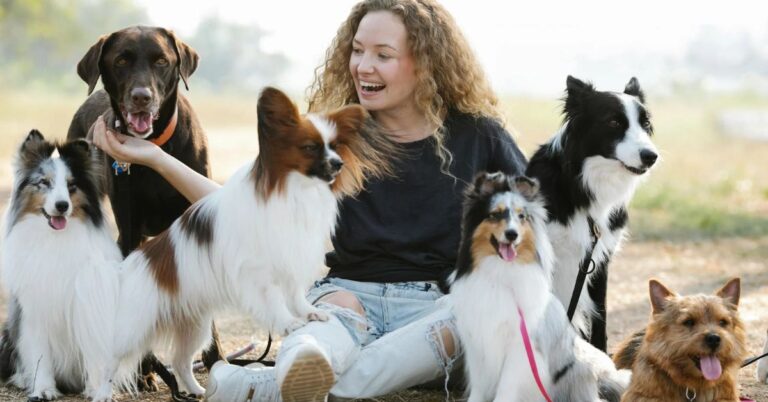15 Interesting Facts About Great Danes

Great Danes are among the most iconic dog breeds. They may be massive, but they’re known for their kind and affectionate nature. If you’ve ever met a Great Dane, you know they make a big impression, both physically and emotionally. Here are 15 interesting facts about Great Danes that show what makes these towering dogs so unique and lovable.
They’re Called “Apollo of Dogs”
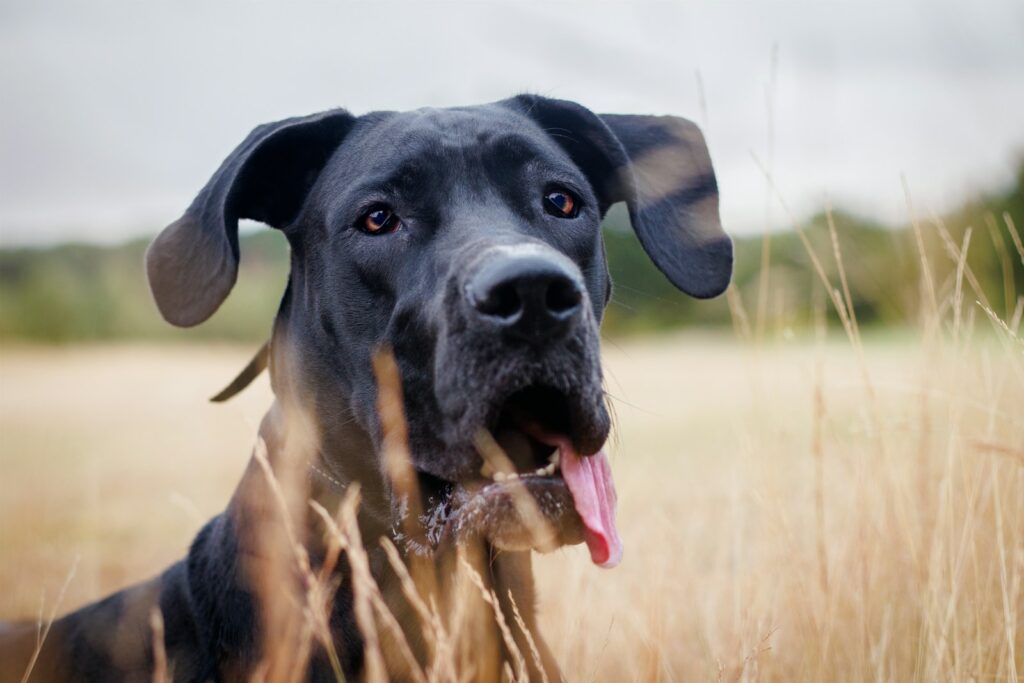
Great Danes have earned the nickname “Apollo of Dogs” because they’re tall, elegant, and strong. The comparison to the Greek god Apollo makes sense—these dogs have a noble, almost majestic look that stands out. Their muscular build and graceful moves make them look like they’re straight out of ancient mythology. When you see a Great Dane standing tall and proud, it’s easy to understand why they’re considered the royalty of the dog world.
One of the World’s Tallest Dog Breeds
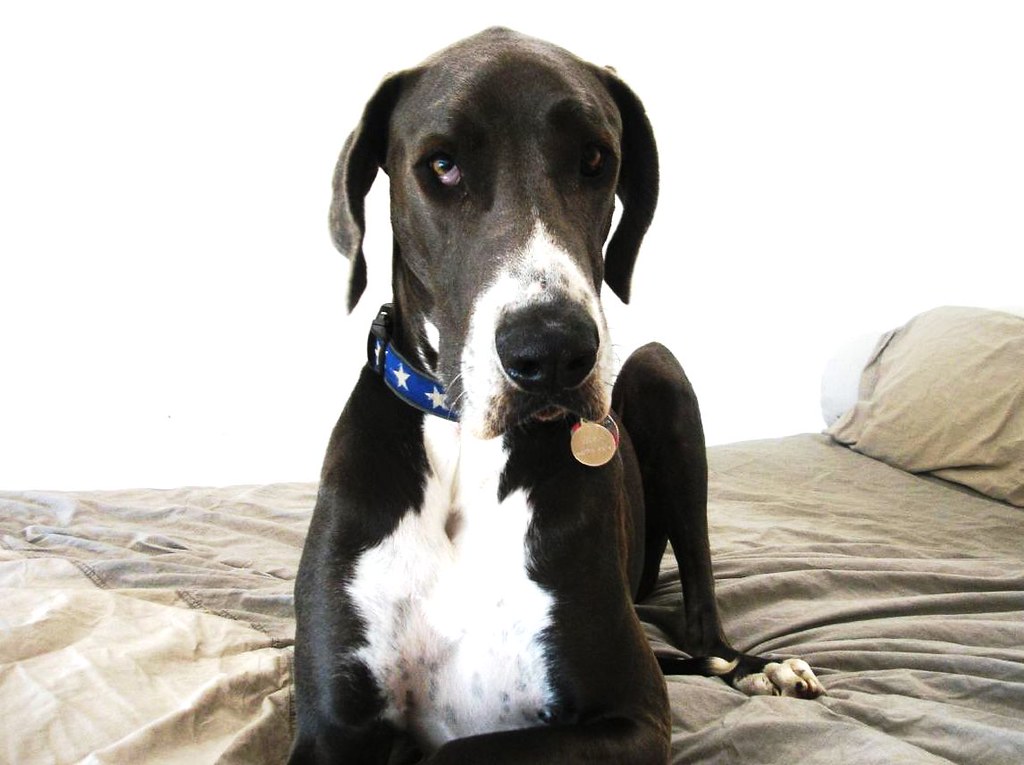
Great Danes are known for their incredible height. Most stand over 32 inches at the shoulder, with some towering over 44 inches. One Great Dane named Zeus held the Guinness World Record for the tallest dog, standing at a whopping 44 inches! When these dogs stand on their back legs, they’re often taller than most people, sometimes reaching up to 7 feet.
Despite Their Size, They’re Couch Potatoes
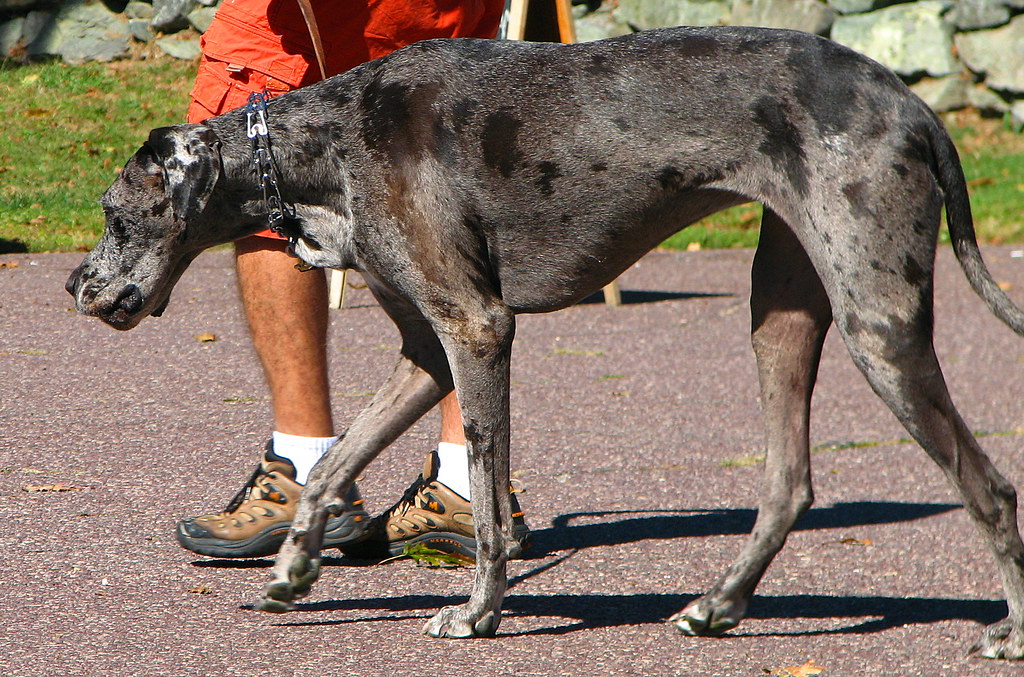
You’d think such a big dog would need constant exercise, but Great Danes are actually pretty laid-back. They love lounging around the house and are famous for being “couch potatoes.” They’re just as happy chilling on the couch or sprawled out on the floor as they are going for walks. They do need daily exercise to stay healthy, but they’re not as high-energy as some smaller breeds.
Originally Bred to Hunt Boars

Great Danes were originally bred in Germany to hunt wild boars, which are large, fast, and can be dangerous. These dogs needed to be incredibly strong, brave, and quick to handle such tough prey. Their powerful bodies and muscular legs helped them chase down and hold these wild animals. Over time, they were bred more as companion dogs, but they still carry that strength and courage in their DNA, which makes them protective of their families.
They Come in a Variety of Colors
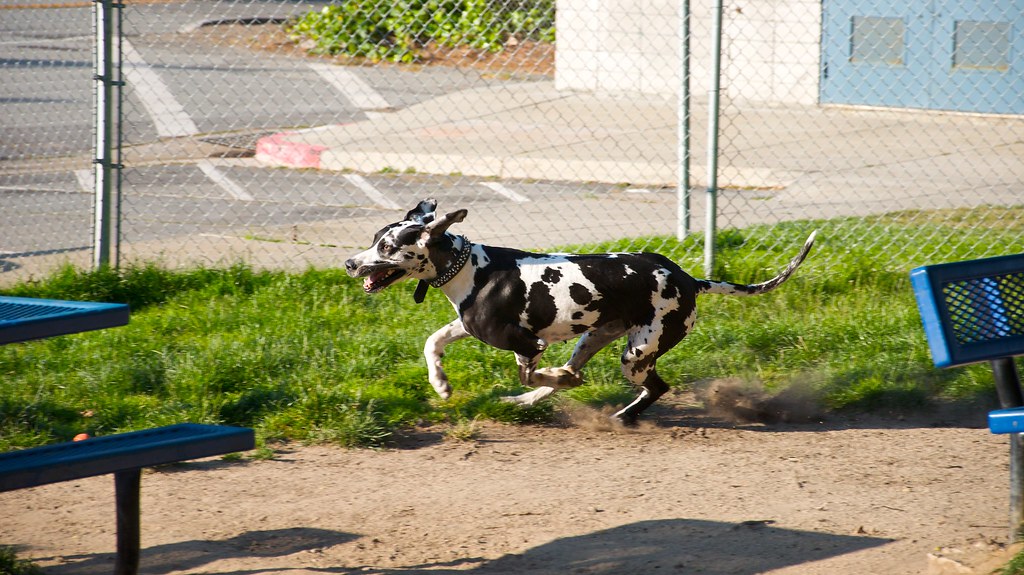
Great Danes come in several stunning colors, including fawn (tan with a black mask), brindle (tiger-striped), black, blue, harlequin (white with black patches), and mantle (black with white markings). Each color gives the dog a slightly different look, and it’s part of what makes each Great Dane so special.
They Think They’re Lap Dogs
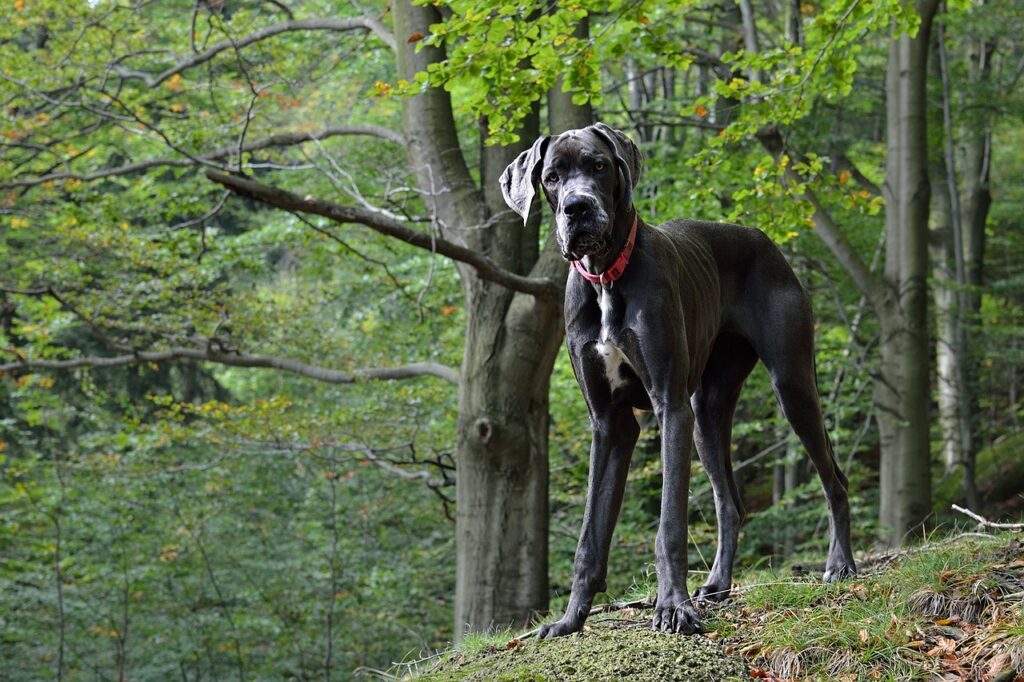
Even though Great Danes are massive, they often think they’re small. They’ll try to sit on your lap, snuggle up close, or lean their full weight against you for attention. This “lap dog” behavior is just one way they show their affectionate nature. If you’re on the couch, expect your Great Dane to try and join you—whether there’s room for them or not!
They Have a Short Lifespan
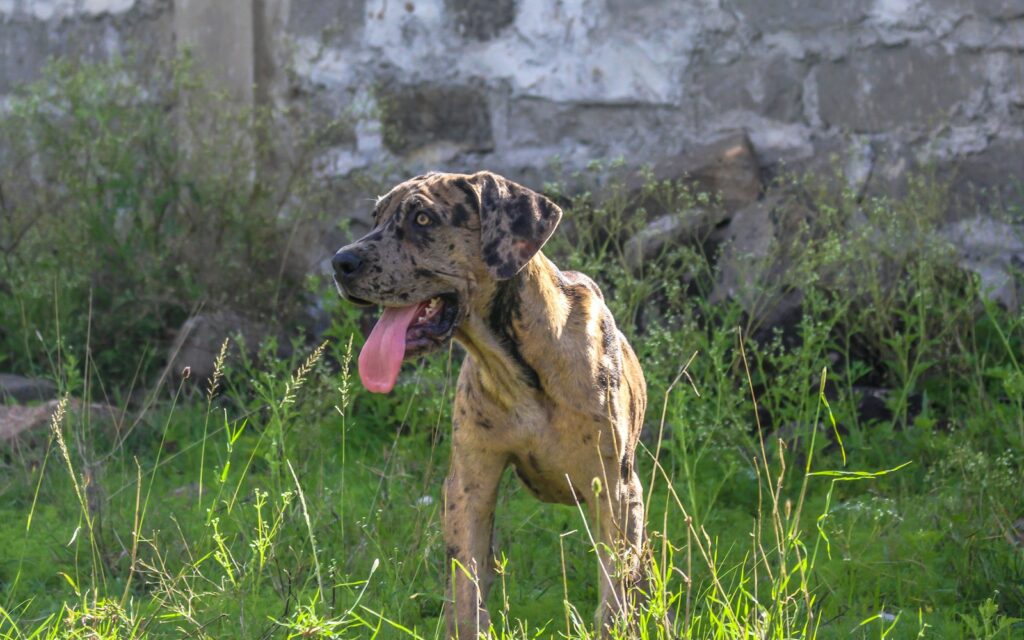
Sadly, Great Danes have a shorter lifespan than many other breeds, usually around 7 to 10 years. This is partly due to their size, as larger dogs generally have more health issues. Their hearts, bones, and joints all work harder because of their size, which can lead to problems over time. Though they may not live as long as smaller dogs, the time they do have is filled with love and loyalty.
They’re Gentle Giants
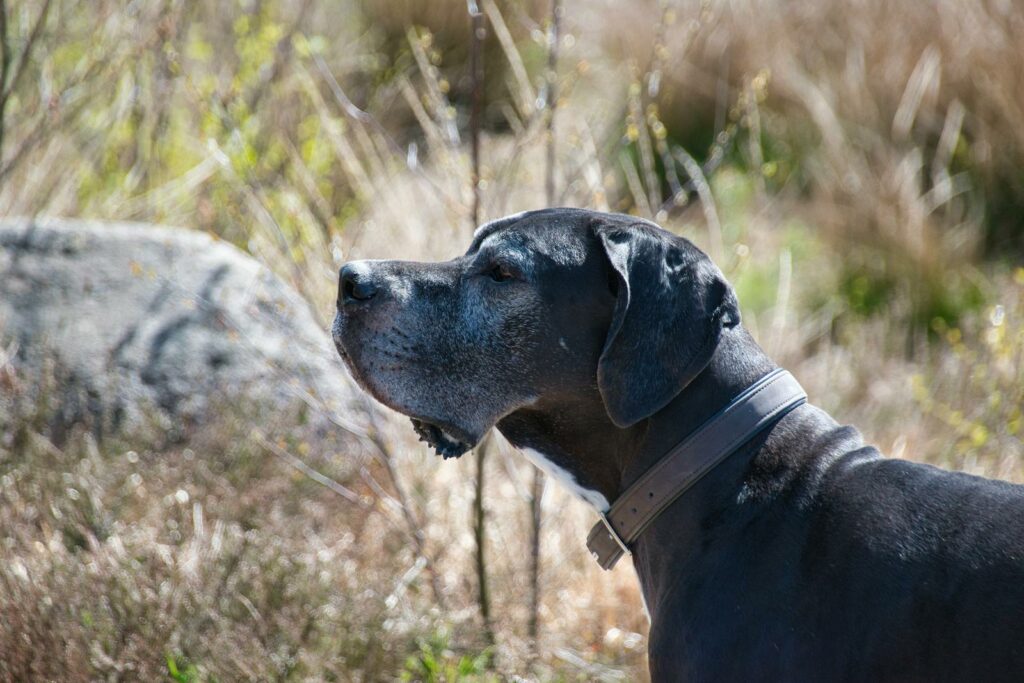
Great Danes are known as “gentle giants” because, despite their size, they have incredibly sweet and calm personalities. They’re usually great with kids and other pets, and they love being around people. They’re patient, easygoing, and surprisingly gentle for such a large dog. Their character makes them ideal family pets and has earned them a reputation as one of the friendliest large breeds around.
They Make Great Guard Dogs
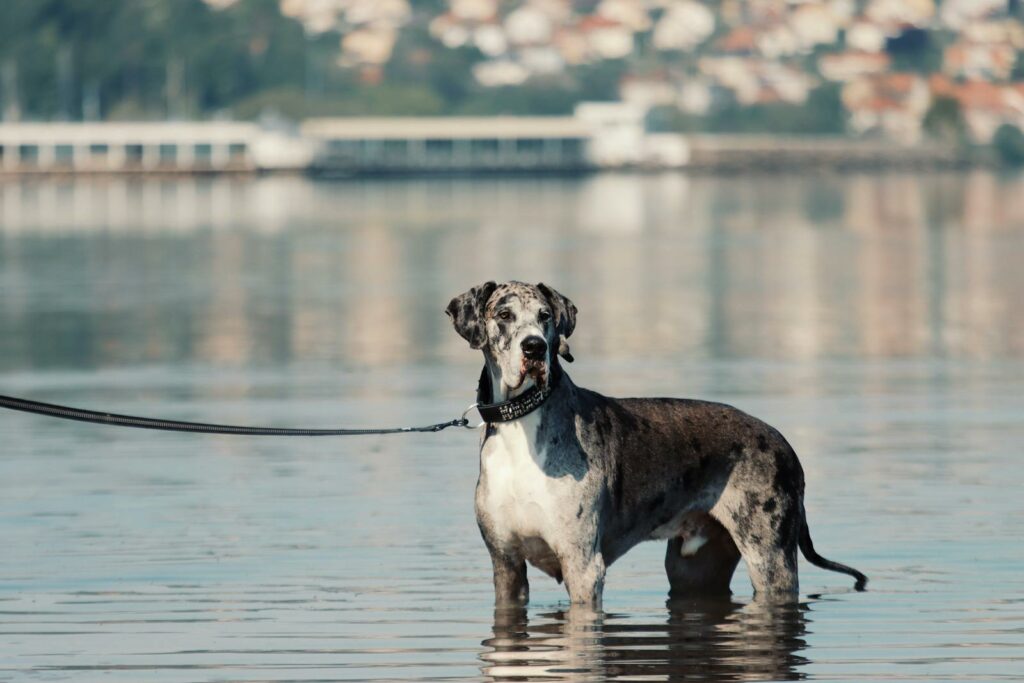
While they’re friendly, Great Danes can be protective when it comes to their families. Their size alone is enough to deter most strangers, and their deep, booming bark adds to their guard dog potential. They don’t need to be aggressive to protect their home—their presence is usually enough. However, they’re not usually aggressive dogs and are generally very friendly once they know a visitor isn’t a threat.
They’re Easy to Train
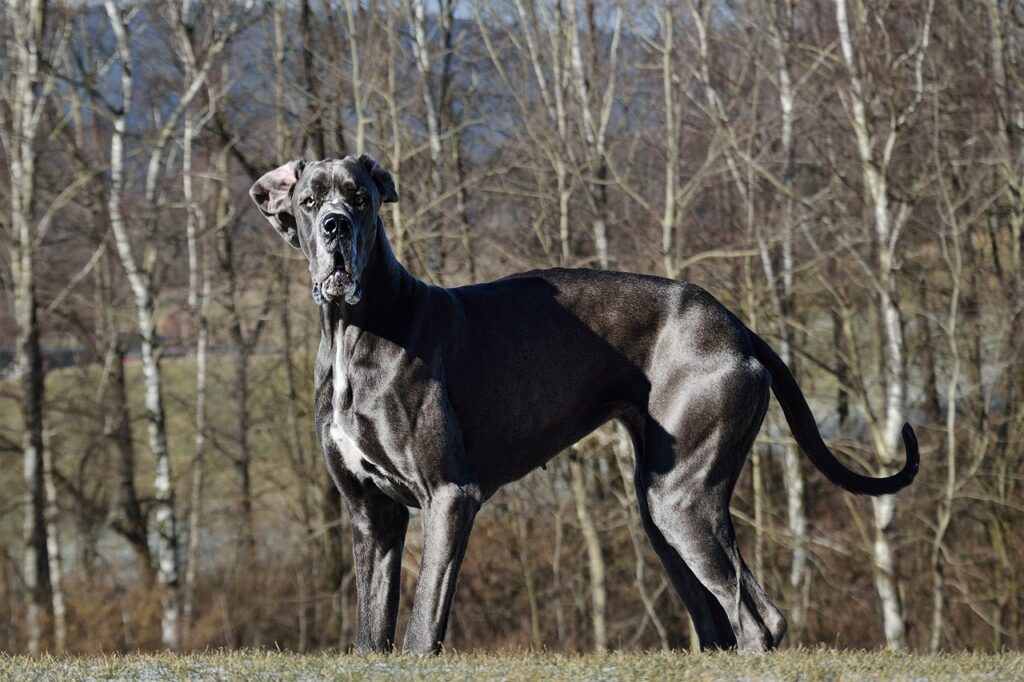
Great Danes are smart and eager to please, which makes training relatively easy. They respond well to positive reinforcement, especially if treats and praise are involved. It’s important to start training early, though, because their size can make them harder to handle if they develop bad habits. With consistency and patience, Great Danes can learn quickly and become well-behaved companions.
They’re Prone to “Bloat”
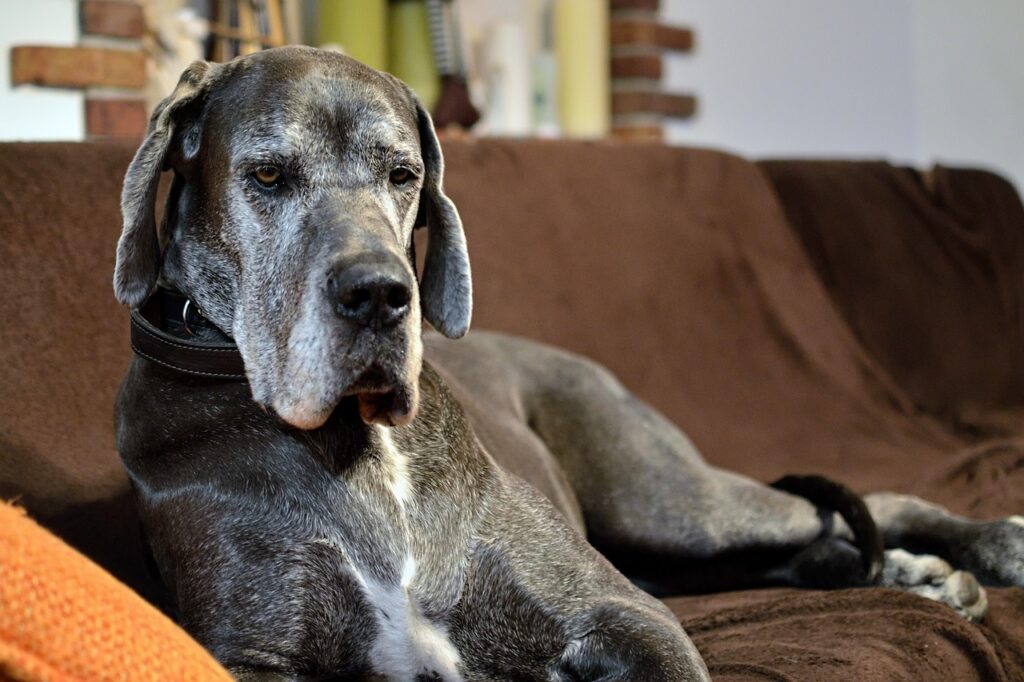
Great Danes are at risk for a condition called “bloat,” where their stomach can twist and fill with gas, which can be life-threatening if not treated quickly. It’s one of the main health risks for large, deep-chested dogs. To help prevent bloat, it’s best to feed Great Danes several smaller meals a day instead of one large one and to avoid exercising them right after eating.
They Need Space but Aren’t High-Energy
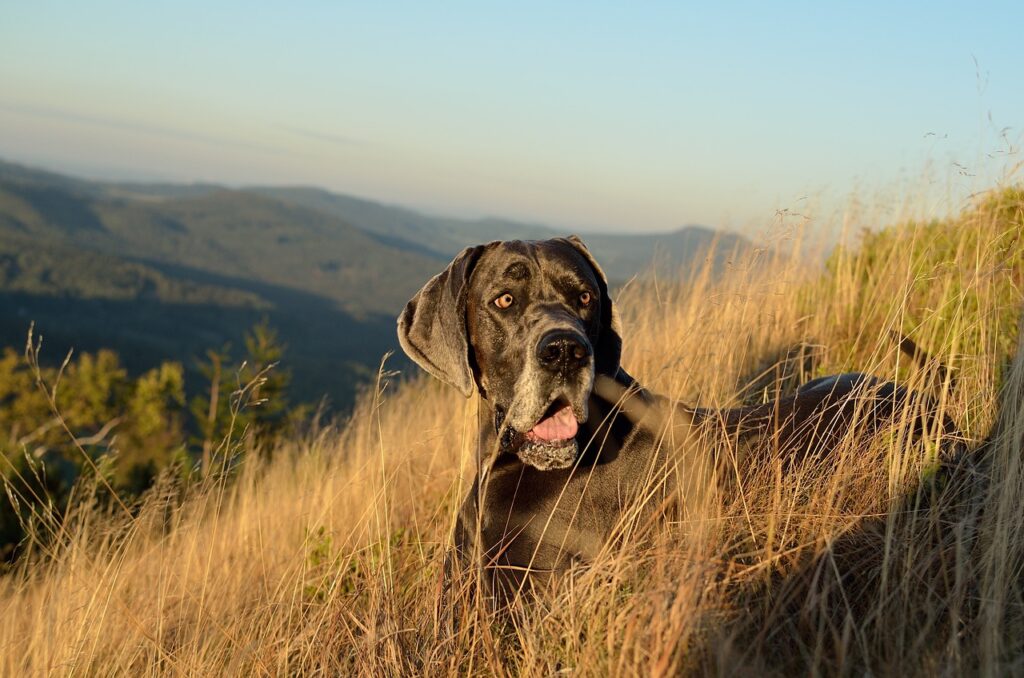
Great Danes do need a bit of space due to their size, but they aren’t as energetic as some people expect. While they need daily walks and some playtime, they’re more than happy to spend most of their time relaxing indoors. If you have a small yard or live in an apartment, you’ll just need to be sure they get regular walks. Despite their size, they can adapt well todifferent living situations if they’re exercised regularly.
They Have a Unique Bark
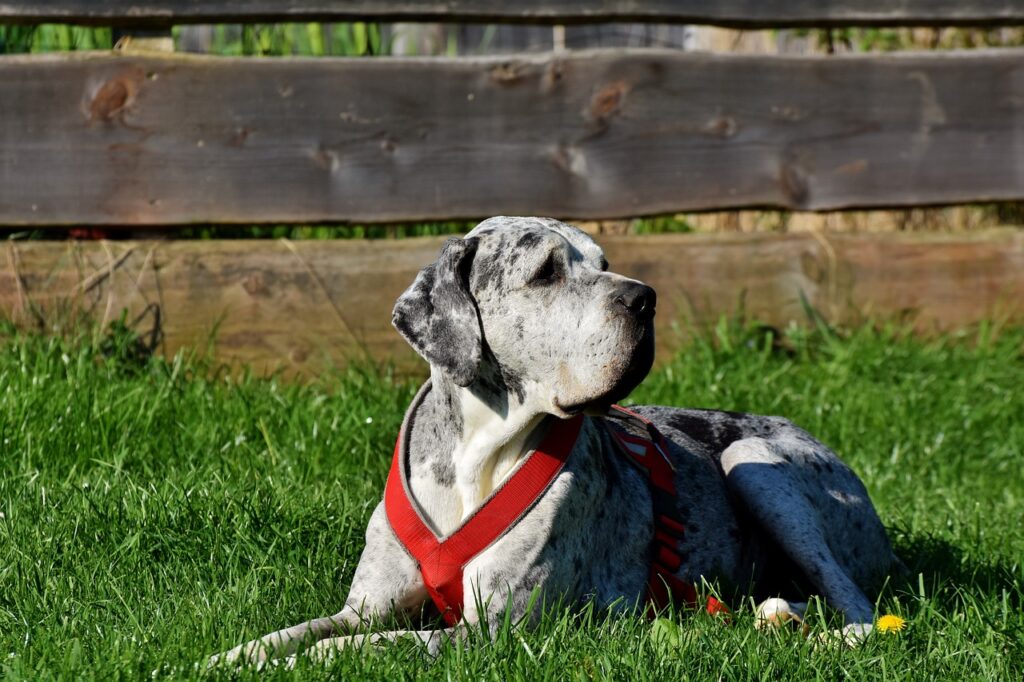
A Great Dane’s bark is deep, loud, and unmistakable. Even though they don’t bark often, when they do, it’s hard to ignore! This booming bark, combined with their size, makes them sound much more intimidating than they actually are, which is one reason they’re effective as watchdogs. Their bark can be surprising for anyone who’s never heard it before, but it’s a big part of their charm.
They’re Great with Kids

Known as “nanny dogs,” Great Danes are very gentle and protective with children. They’re patient and tolerant, which makes them great family pets. Because of their size, they’re usually cautious around little ones, and many families find them to be wonderful companions for kids. Their calm nature and willingness to be a part of family life make them a top choice for households with children.
They Have Ancient Roots
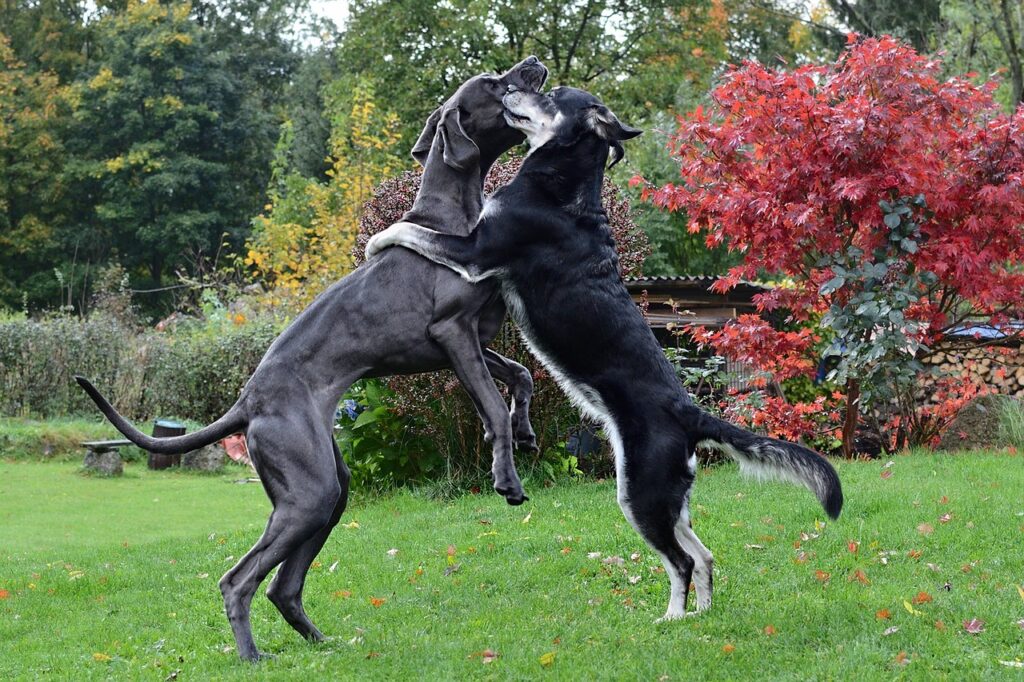
The ancestors of the Great Dane go back thousands of years, appearing in Egyptian carvings and Chinese artifacts. They’ve been cherished throughout history, once bred by royalty to hunt and guard. Though their role has shifted over time, they’ve kept their noble appearance and loving nature, making them as beloved today as they were in ancient times.


